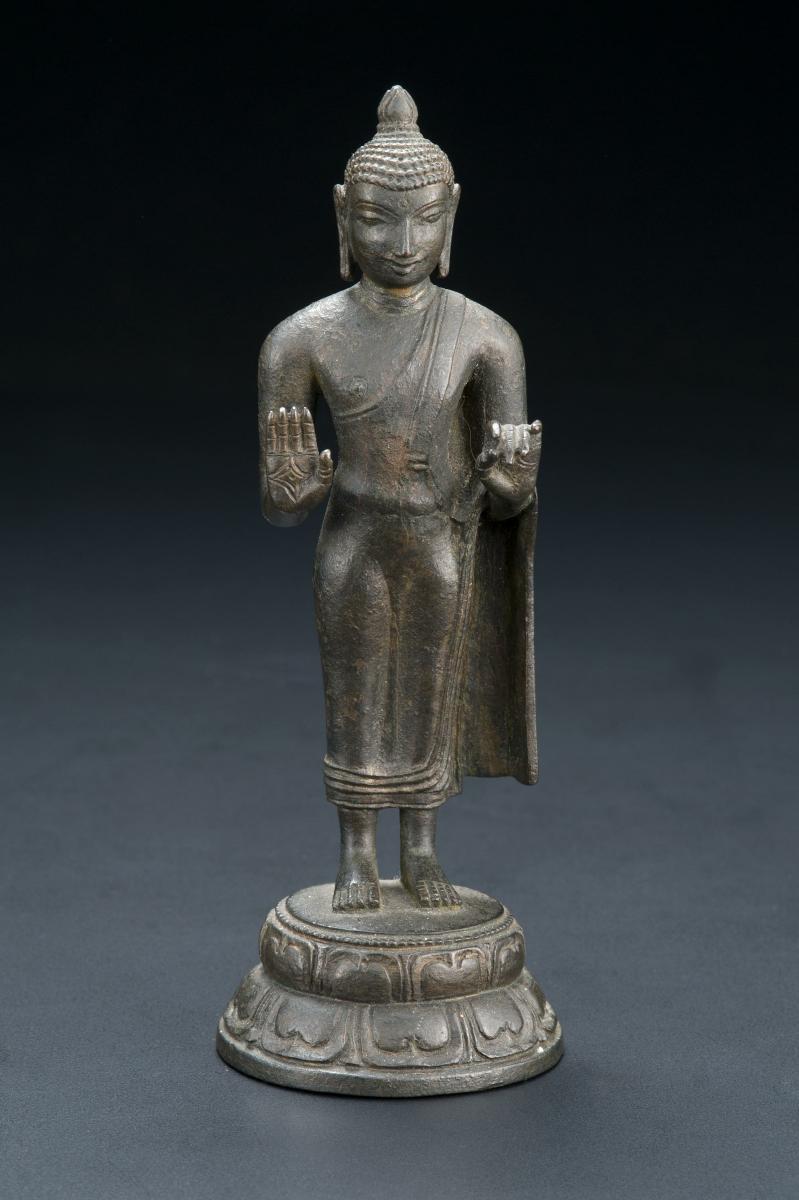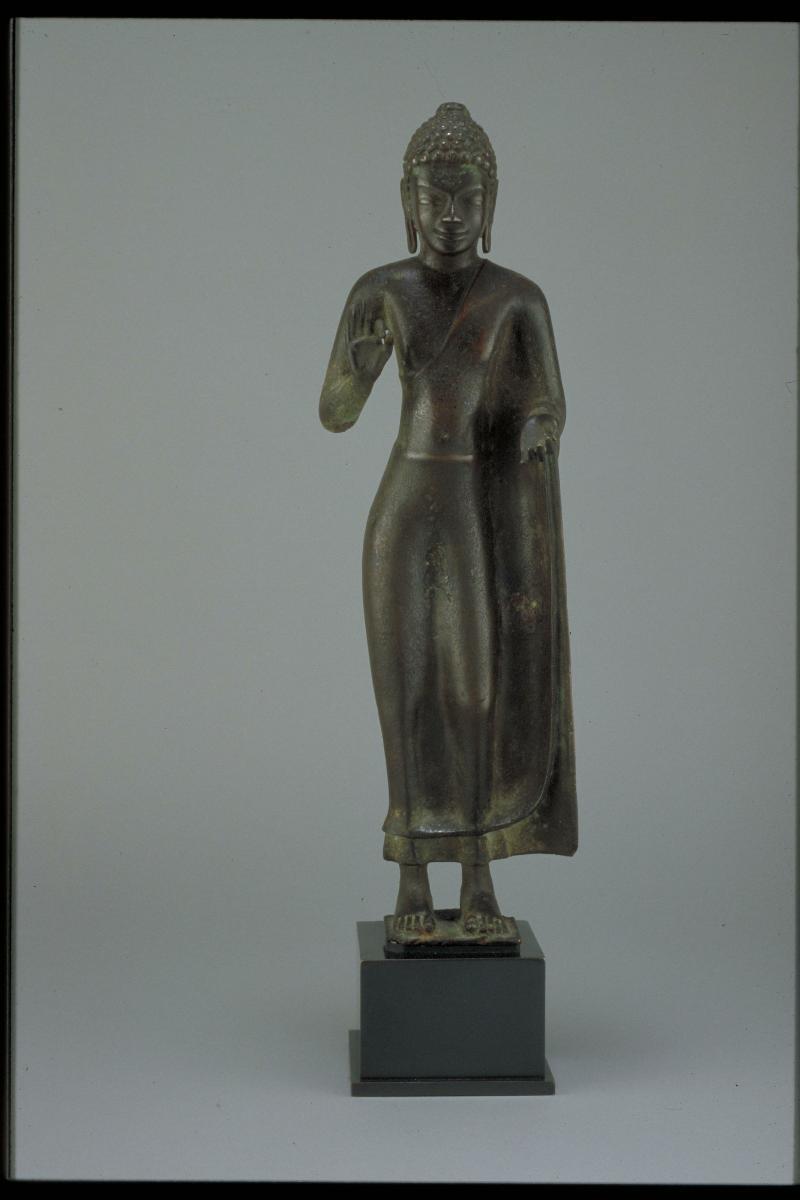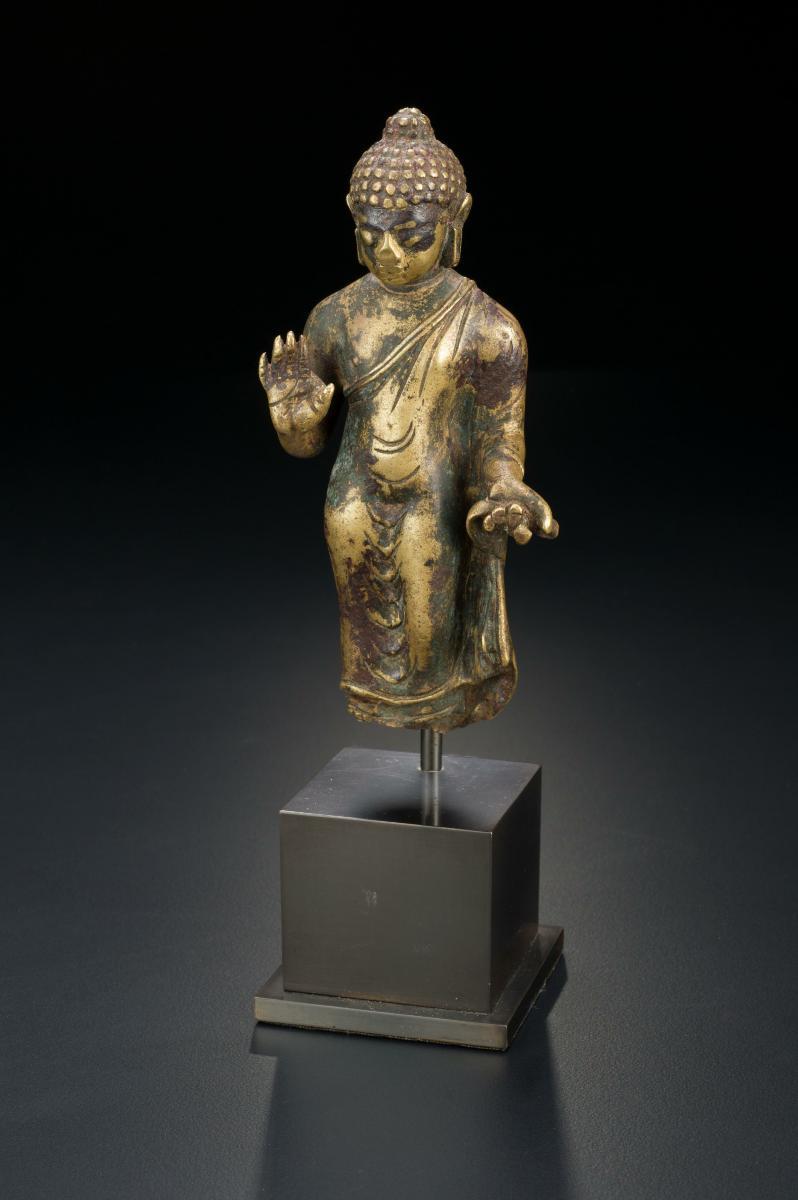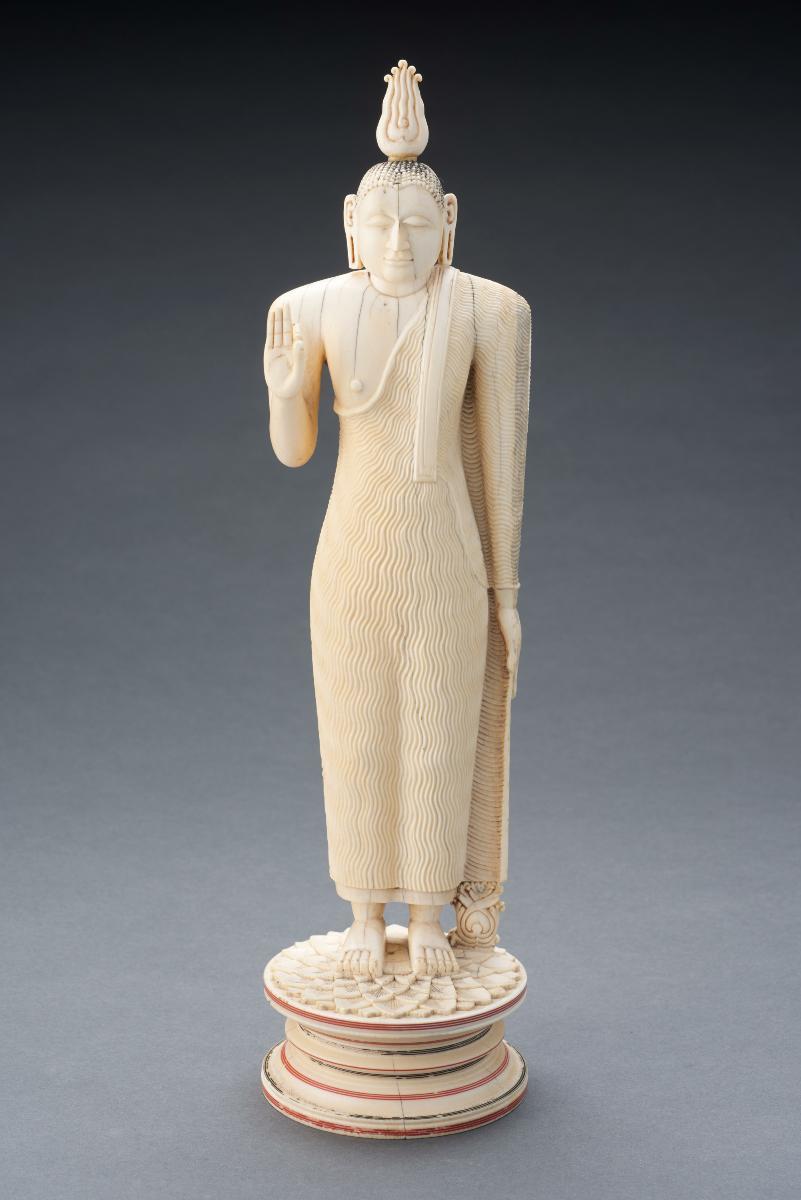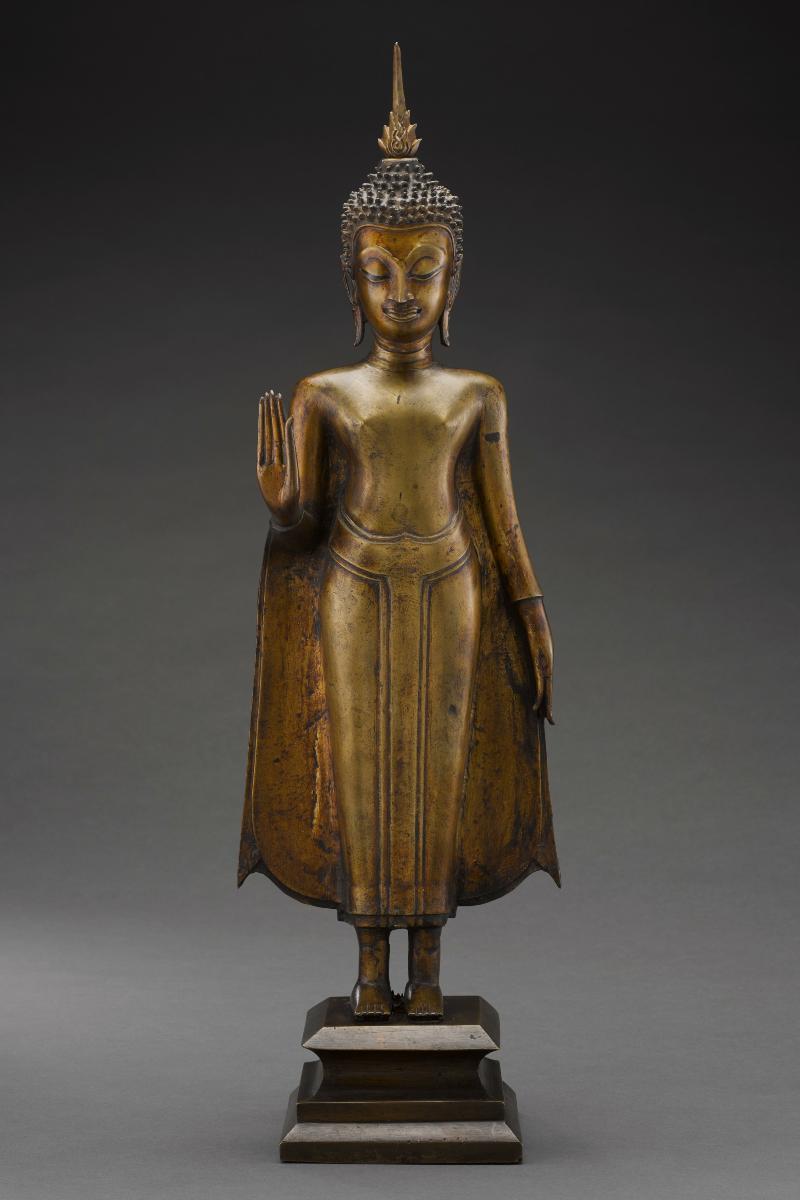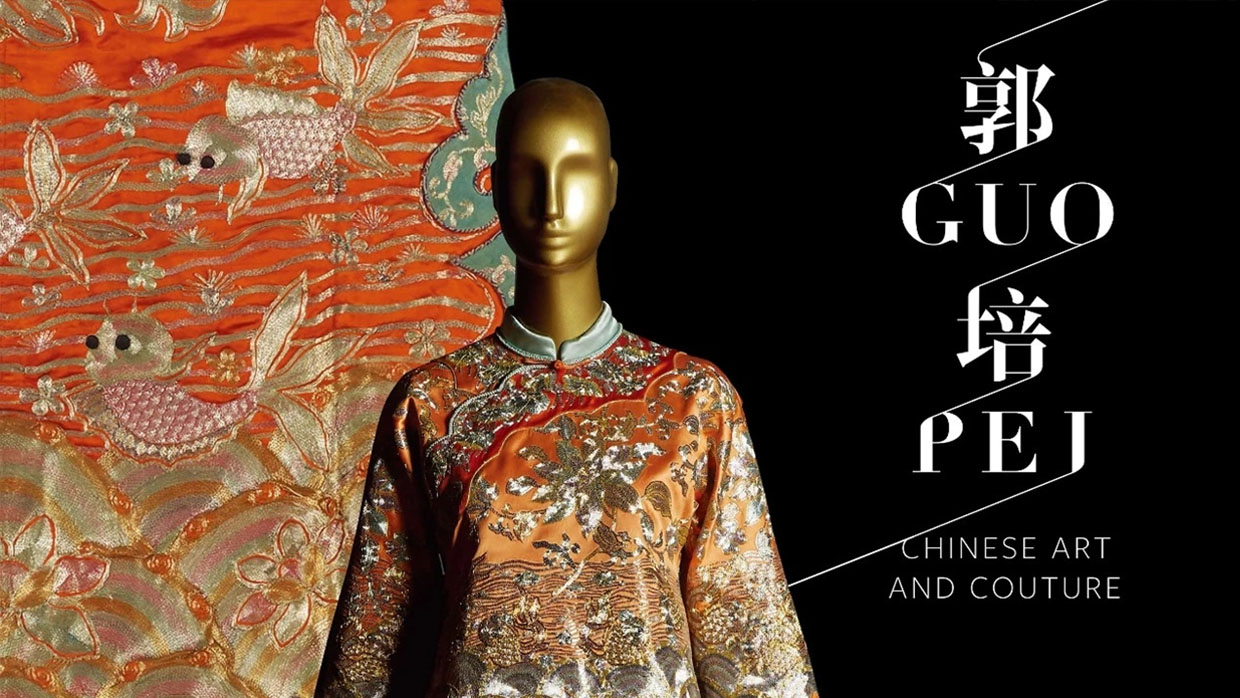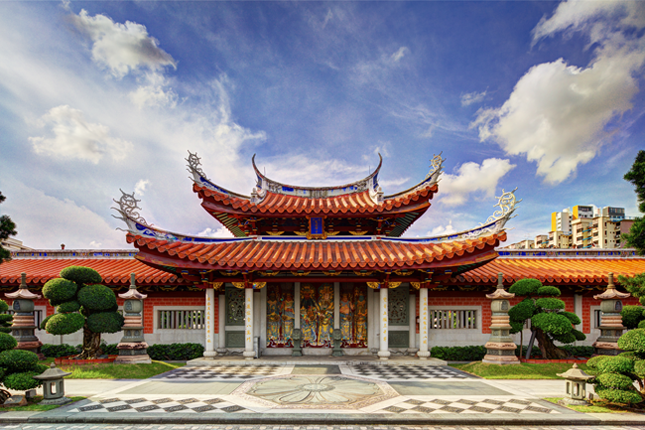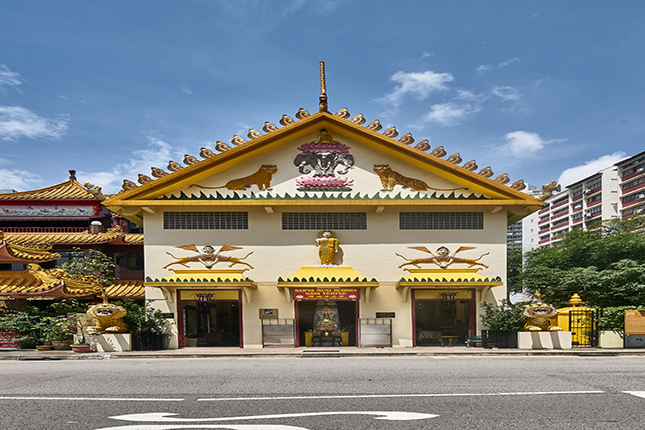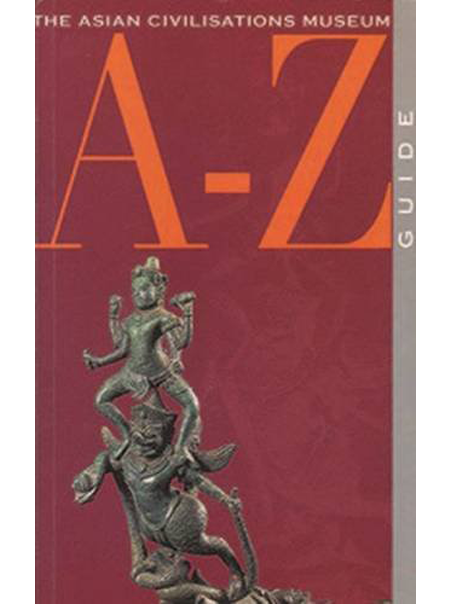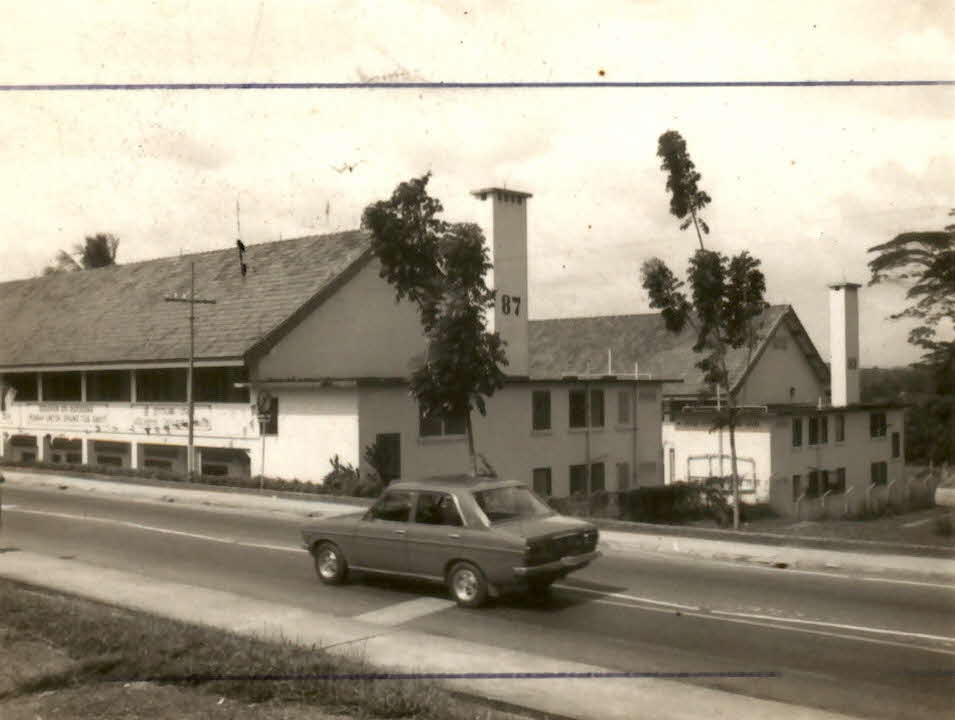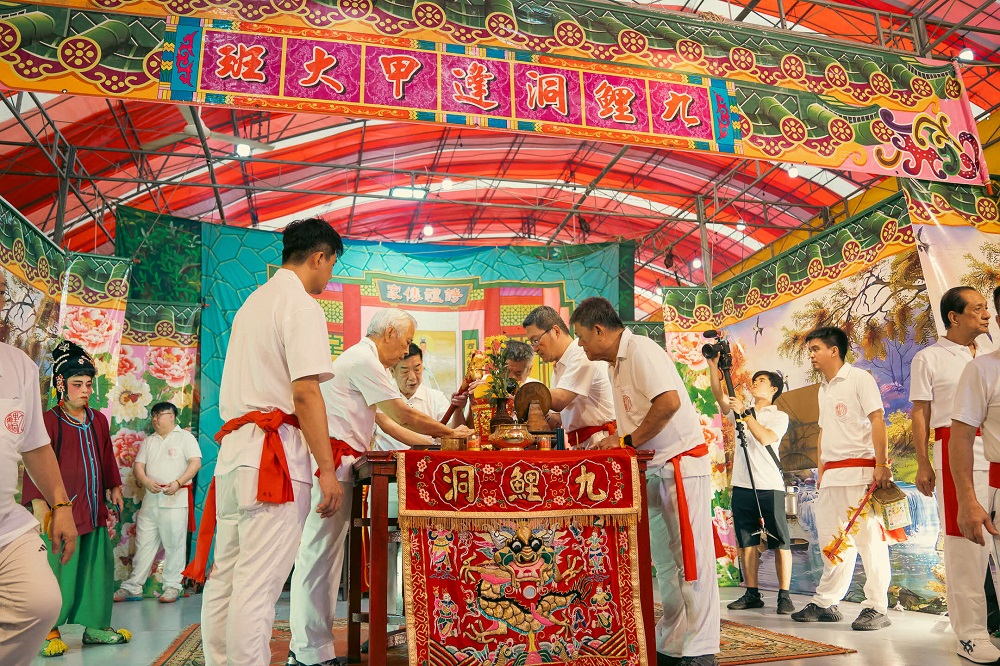The district of Thanjavur in Tamil Nadu is best known for the production of Hindu bronzes; however production of images of Buddhist and Jaina deities by artisans was also prevalent from the 11th–16th century. The port city of Nagapattinam was an important and flourishing Buddhist centre that patronised the production of Buddhist art; in fact over 350 Buddhist objects have been recovered from Nagapattinam, belonging to the early Chola (871–1070 CE) and late Chola periods (1070–1250 CE). Buddhist art from the region was supported not just by the local community but by migrant communities including merchants and pilgrims from Sri Lanka, Southeast Asia and China. Portable bronze Buddhist images would have travelled throughout these networks leading to artistic and religious exchange. This is a characteristic Nagapattinam figure of Buddha dating to the 13th century CE. The standing Buddha rests on a double-lotus base, with his right hand in abhaya mudra and the left in vitarka mudra. Clad in a samghati draped over his left shoulder, the figure has a serene face with downcast eyes, flanked by long earlobes, the tight curls of hair and the flame like ushnisha are in accordance with the mahapurusha lakshana or physical characteristics of the Buddha. The flame-like ushnisha, is a late development in Buddhist iconography and possibly an influence from Sri Lanka.




